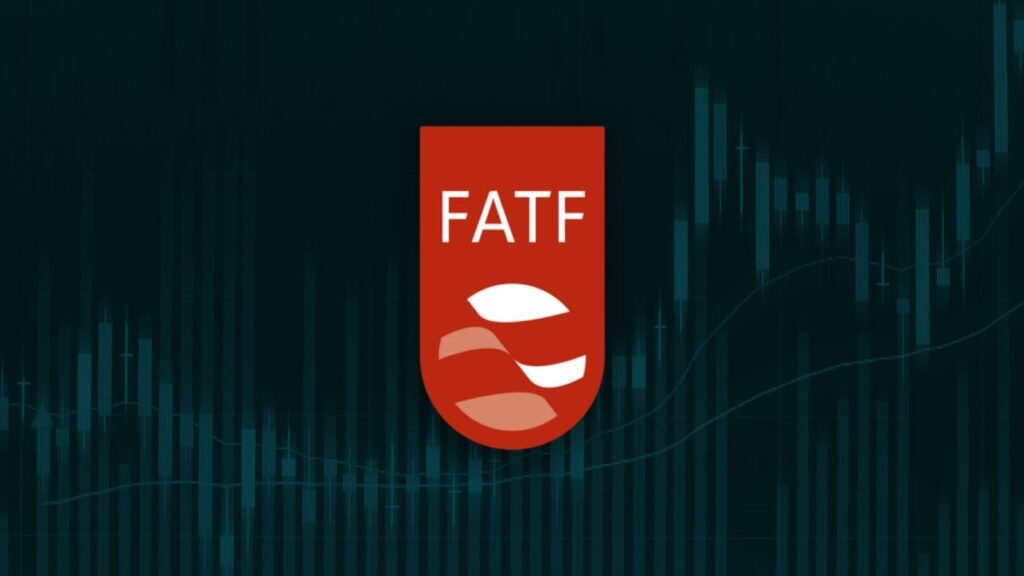FATF Flags Crypto as a Critical Financial Crime Risk – $51 B Exposed in 2024
Global anti-money laundering authority urges governments to tighten crypto oversight and close compliance gaps.

The Financial Action Task Force (FATF), an international standard‑setting body, has identified cryptocurrencies as one of the top global threats for money laundering, warning of persistent regulatory gaps and illicit financial flows. In its latest report (June 26, 2025), FATF revealed that only 40 of 138 jurisdictions reviewed were compliant with its crypto regulations as of April, highlighting inadequate frameworks worldwide.
Notably, FATF estimates that illicit crypto wallet addresses received up to $51 billion in funds during 2024. A large share of these flows involved USD-backed stablecoins, which continue to be attractive tools for money laundering and terrorism financing operations. North Korea was singled out in connection with the $1.5 billion hack of ByBit in February 2025, the largest crypto theft in history.
In response to these threats, FATF called on governments and financial regulators to intensify enforcement and bring crypto service providers (CASPs) under strict AML/CTF supervision—especially across borders. The agency emphasized that leakage in one jurisdiction threatens the integrity of financial systems globally.
Why It Matters:
-
Crypto at forefront of financial risk: For the first time, digital assets top the FATF’s ranking of money‑laundering threats.
-
Regulatory fragmentation: With wide variability in compliance standards, illicit actors exploit weak AML regimes globally.
-
Stablecoins under scrutiny: USD-pegged coins remain key conduits for criminal capital movement.
Implications:
| Domain | Insight |
|---|---|
| Policy & Regulations | Crypto service providers must adopt FATF AML frameworks—KYC, transaction monitoring, and suspicious activity reporting. |
| Global coordination | FATF urges aligned regulation across countries to eliminate safe havens and reduce anonymity in digital asset flows. |
| Institutional safety | Investors and institutions should monitor CASPs compliance status and prioritize fully licensed, audited platforms. |
What’s Next?
With crypto now labeled a top-tier illicit finance risk, regulators—including those in the EU, U.S., and Asia—are accelerating adoption of frameworks like MiCA, ETS, CARF, and GENIUS/Stability Acts to enhance transparency and legal oversight. Market participants should expect more licensing scrutiny and enforcement action ahead.

North Korea's Lazarus Group Steals $34 Million Through Phishing Scams

Trump Names Scott Bessent as U.S. Secretary of the Treasury

Ethereum’s Merge Boosts Market Confidence, ETH Rises 10%

